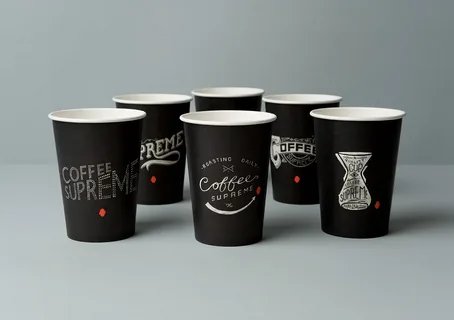


Behind every memorable design is a deep understanding of human psychology. Let’s explore how colors, patterns, and emotional connections
In today’s highly competitive market, products must do more than simply fulfill a function—they must leave a lasting impression. Even something as ordinary as a cup can become extraordinary when designed with psychology in mind. The most memorable cups are those that evoke emotion, engage the senses, and create personal connections. From color choices to texture, personalization to nostalgia, every element plays a role in shaping the user’s experience. Let’s explore how thoughtful design transforms cups into cherished items that people remember, love, and hold on to.
Color is among the most powerful psychological tools in a designer’s toolkit. Without even being aware of it, people form emotional responses to color. Warm hues like red, orange, and yellow tend to evoke feelings of warmth, energy, and cheerfulness, while cool tones like blue and green create a sense of peace, relaxation, and calm.
When applied thoughtfully, color on a cup can evoke specific emotions that align with the user’s mood or identity. For example, a pastel pink cup may feel cozy and nurturing, while a vibrant yellow design may spark joy and liveliness. These emotional responses help users form subtle but lasting attachments to the object. Over time, that emotional tie can build into brand loyalty or personal preference.
Color also enhances memory. Our brains store visuals more easily when they are connected to emotions. Someone may recall a teal cup with gold accents because it made them feel elegant and sophisticated. This emotional imprint turns a simple design into something unforgettable. Importantly, cultural background also affects color perception. For example, red may symbolize love in one culture and danger in another. Skilled designers take these associations into account to ensure their color palettes resonate meaningfully with their target audience.
How a cup feels in the hand is just as important as how it looks. Human beings are wired to respond to tactile sensations, and the texture or shape of an object can significantly impact how it is perceived and remembered. A smooth, rounded cup may feel soft and comforting, while a textured or angular one might seem more dynamic or artistic.
These sensory experiences leave lasting impressions. People are more likely to remember and emotionally bond with objects that stimulate multiple senses. Custom cups with a unique handle shape, raised design, or textured glaze stands out—not just visually, but physically.
Our brains store tactile memories for extended periods. That’s why someone may remember the exact feel of a beloved childhood mug decades later. Designers leverage this psychological connection by crafting forms that feel balanced, pleasant, and ergonomic. Rounded edges often feel safer and more approachable, while sharp lines can suggest modernity but may lack emotional warmth. When form and function merge seamlessly, a cup becomes more than just a utility—it becomes a companion in daily rituals.
Personalization is one of the strongest ways to build emotional connections. People are naturally drawn to items that reflect their identity, preferences, or special memories. A cup that features a person’s name, a favorite quote, or a custom illustration becomes uniquely theirs. It’s not just a product—it’s a personal expression.
Such personalized designs trigger joy every time the item is used. They instill a sense of ownership and intimacy, deepening the emotional attachment to the object. A cup received as a gift from a loved one or purchased during a meaningful event carries emotional weight far beyond its visual appeal.
Brands that recognize this emotional power often go beyond simply printing their logos. Instead, they offer customization options that help customers commemorate moments, relationships, or values. This transforms the cup into a vessel for personal storytelling, turning it into a keepsake.
Nostalgia is another potent force in product design. When users see a cup that reminds them of a happy past—be it their childhood, a particular decade, or a family tradition—it triggers comfort and happiness. Designers often incorporate retro fonts, vintage patterns, or color palettes reminiscent of earlier times to evoke this sentimental response.
A floral mug might remind someone of their grandmother’s kitchen, while a chipped ceramic cup could feel like one used during college days. These connections are emotional gold. They give the object a soul, turning it into more than just a beverage container.
Through nostalgia, a cup becomes a time capsule—holding not only liquids, but memories. The design becomes a personal touchstone, evoking warmth and belonging.
